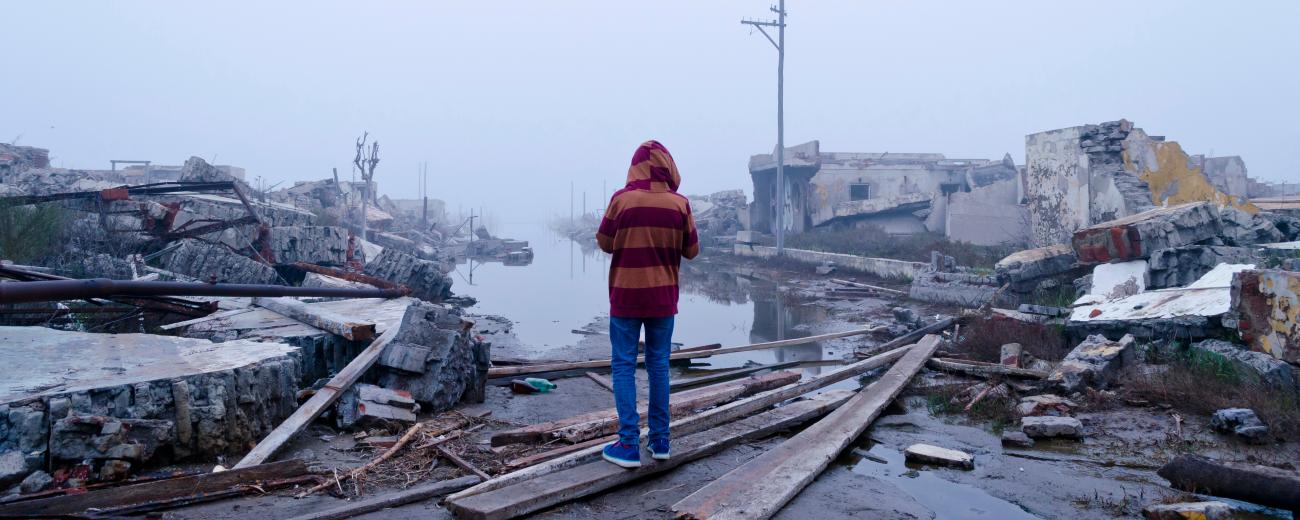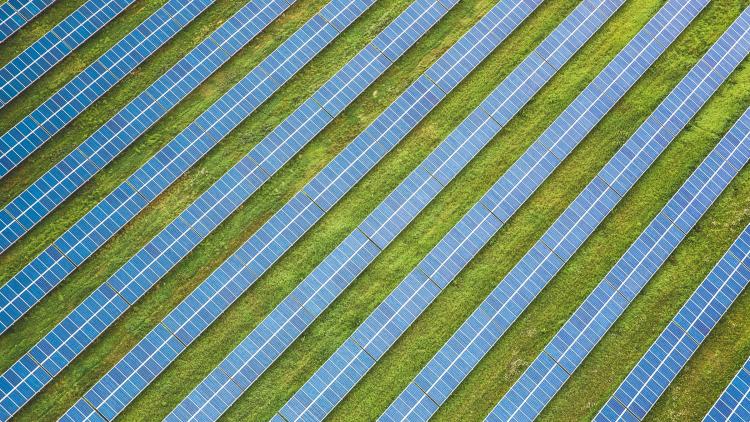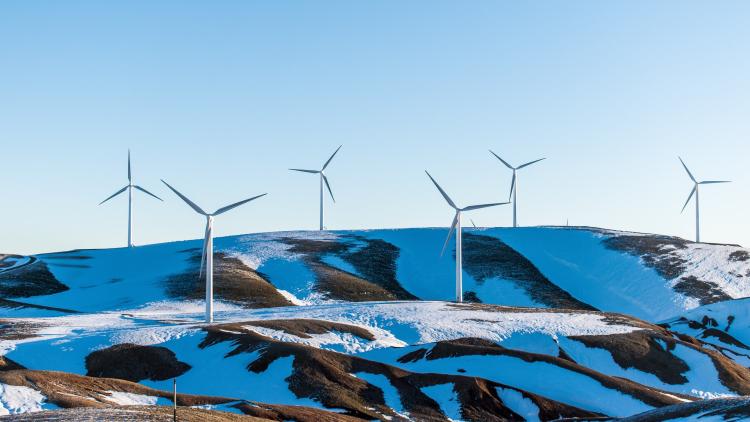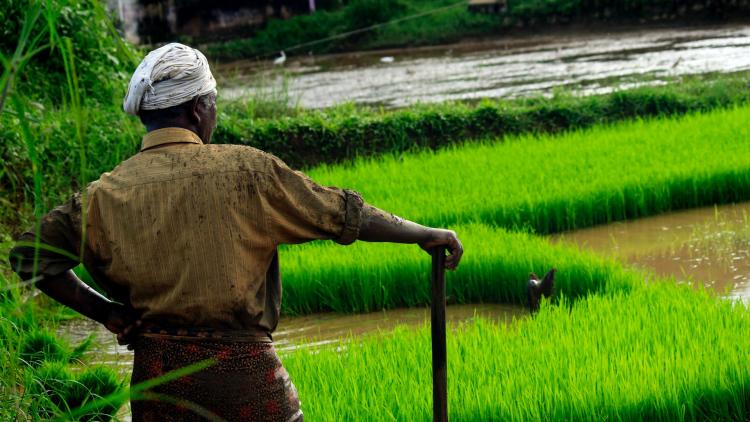Is disinformation during natural disasters an emerging vulnerability?


The weaponisation of information is nothing new. Foreign influence operations involving Brexit and the 2016 U.S. presidential election are recent high-profile examples of a much larger problem. The targeted use of information operations has permeated society and will only grow with time. Unfortunately, that’s not our only problem. Thanks to climate change, more natural disasters are coming, and they’re becoming more powerful and more impactful. The disaster-disinformation nexus offers unique conditions for powerful and frequent influence campaigns against communities at their most vulnerable. And while this hasn’t been a large problem yet, indicators of its coming abound.
The rise of social media has made disinformation common
People seek stability and reliability during periods of uncertainty, and they will often take anything that looks helpful, seems to make sense, or otherwise fills a void. Absent the perfect, it seems, anything will suffice. Consequently, disinformation is common following major natural disasters. The rise of social media makes it easier for convenient – if not true – information to spread rapidly and take on a life of its own. Although the rumour and fiction that forms and spread after a natural disaster can often be harmless, there are cases where disinformation can impede rescue and relief efforts.
Before turning to the grave, let’s consider the absurd.
Hurricane Irma, in 2017, reportedly led to the displacement of sharks onto a Florida highway. The same story – and image – made the rounds after Hurricanes Harvey and Florence. Hurricane sharks are as common as they are false. The risk of highway sharks may not be terribly significant, especially if highways are so flooded as to be unusable. The thought of sharks on the interstate is good for a laugh – and moment of reflection on what people will actually believe. Unfortunately, though, there is a dark side to disaster information.
Disinformation can cost lives
False and inaccurate reports can impede rescue and relief efforts cost people their lives. This happened in the Indian state of Kerala in 2018. Fake video circulated during the flooding event interfered with rescue operations. Fake news in Mali disrupted United Nations missions, and in 2005, exaggerated reports of looting and other violence interfered with Hurricane Katrina response efforts. Preparations and planning are already being discussed for ways to counteract the growing post-disaster disinformation threat. Fake news has real-world consequences, and the stakes are about to go up.
Historical cases of disaster-related disinformation generally have been more grassroots than from outside influence and state actors, but that’s about to change. Foreign influence operations have already been deployed to considerable effect during periods of vulnerability generally, if not disasters specifically – from elections to civil unrest. The increasing cadence of major natural disasters due to climate change could offer more opportunities for the weaponization of foreign influence, especially when communities are weakened and local institutions are strained.
The weaponization of disinformation and foreign influence
Let’s go back to those hurricane sharks.
The disinformation that circulated online following the 2017 and 2018 hurricanes appears simply to have been a hoax – just a manipulated video of sharks swimming on the highway. Hurricane Ian brought that same shark to Fort Myers, Florida, in 2022. This time, coverage appeared in Sputnik News (Warning: Not a credible source of information, linked here), a known foreign government-sponsored source of disinformation. Beyond the highway sharks, Sputnik News sought to advance a narrative of ineffective government response following the hurricane (Warning, not credible, linked here), a clear case of post-disaster foreign influence, even if on a small scale.
The weaponization of post-disaster disinformation and influence isn’t limited to the Gulf of Mexico. It’s a worldwide problem. Foreign influence has found traction with the drought in currently in Moldova, with foreign influence used to create wedges between semi-autonomous regions Transnistria and Gagauzia and the government in Chisinau. News coverage critical of the country’s government is using issues such as economic and energy insecurity to foment civil unrest in a part of the world already experiencing destabilization. The disaster-disinformation nexus in Moldova may seem too small to follow closely – the country has only 3 million people – but global effects could follow. Today’s interference could support the development of a playbook for post-disaster disinformation and influence, adding scale to this budding problem.
What steps can be taken?
The world’s disinformation plague is vast and complex, defying simple, direct, and easily implemented solutions. Within the disaster-disinformation nexus, however, it may be more manageable. Specific, contextually relevant steps can be taken to curb the impact of disinformation and foreign influence on communities affected by natural disasters. And frankly, there’s no substitute for real life.
Consider the Sputnik News story alleging that the government had abandoned the victims of Hurricane Ian. The situation on the ground was clearly far different from the allegation. Rebuilding a community (even a household) after a disaster is a trying time, but there is a lot of mileage between challenging circumstances and government abandonment. Relief supplies and professionals were engaged as soon as possible to help effect a swift and orderly recovery.
A strong disaster response plan may not be enough to neutralise disinformation after a natural disaster, but it certainly makes a difference. Access to basic necessities and visual proof of progress makes it much harder for the trolls to do their job.
*The views expressed herein are those of the author, based on research conducted by the author, and may not necessarily represent the views of others unless otherwise noted. PCS, a Verisk business, generally provides data and analytics to the global re/insurance and ILS markets. PCS captures reported loss information on certain events, which encompasses, on average, approximately 70% of the market. Any reference to industry-wide is based on this research and the author’s view of trends in the industry and does not necessarily represent the view(s) of others in the industry.
About the author
Tom Johansmeyer is SVP and Head of PCS at Verisk, which he has led since 2016. Under Tom’s leadership, PCS has expanded worldwide for property-catastrophe and specialty lines risks, including marine and energy, political violence, and cyber. Tom is wrapping up his MA in Global Diplomacy from SOAS, University of London, and has begun working on a PhD in international conflict analysis with the University of Kent, Canterbury, where he is exploring the role of the cyber insurance protection gap in economic security. Tom’s thinking has been featured in Harvard Business Review, Bulletin of the Atomic Scientists, and the World Economic Forum Agenda, among others.


